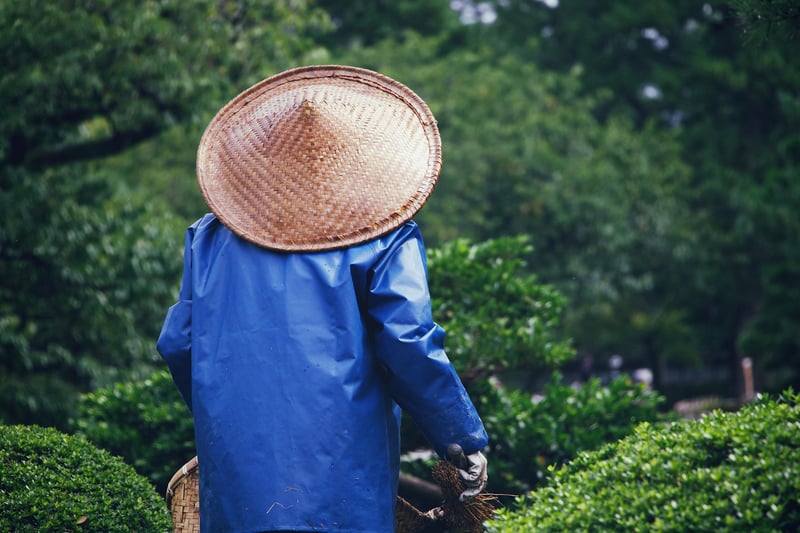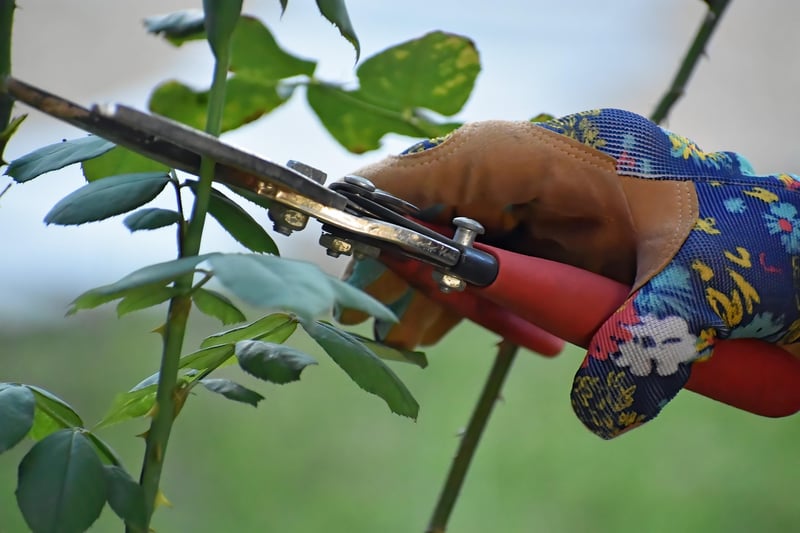Pruning Techniques
Maintaining Healthy Plants: Essential Pruning Techniques
Proper pruning is a crucial aspect of plant care that not only enhances the aesthetic appeal of your greenery but also promotes overall plant health. By employing the right techniques, you can ensure that your plants thrive and flourish. Let's delve into some essential pruning methods to help you maintain healthy and vibrant plants.
1. Understanding the Basics
Before you start pruning, it's essential to understand the basic principles. Identify the type of plant you have and research the best pruning practices specific to that species. Different plants require different pruning approaches, so knowing your plant's needs is key.
2. Tools of the Trade
Investing in high-quality pruning tools is a must for effective plant maintenance. Ensure your tools are sharp and clean to make precise cuts without causing damage to the plant. Common tools include pruning shears, loppers, and pruning saws.
3. Timing is Everything
Timing plays a crucial role in pruning success. Most plants benefit from pruning during their dormant season, typically in late winter or early spring. Avoid pruning during periods of active growth, as this can stress the plant.
4. Techniques for Healthy Pruning
- Remove Dead or Diseased Branches: Start by cutting away any dead, damaged, or diseased branches to prevent the spread of infection and improve air circulation within the plant.
- Encourage New Growth: To stimulate new growth and shape the plant, selectively prune branches to encourage branching and outward growth.
- Prune for Structure: Maintain a balanced shape by removing overcrowded or crossing branches. This ensures even light distribution and prevents branches from rubbing against each other.
- Control Size: Keep your plant at the desired size by regularly pruning back long or overgrown branches. This helps maintain the plant's overall health and appearance.
5. Aftercare and Maintenance
After pruning, monitor your plant for any signs of stress or disease. Provide adequate water and nutrients to support recovery and new growth. Regularly inspect your pruned plants to ensure they remain healthy and vibrant.
By mastering these essential pruning techniques, you can promote the longevity and vitality of your plants, creating a lush and thriving garden space.

For more detailed guidance on pruning specific plant varieties, consult with a local horticulturist or gardening expert to tailor your pruning approach to suit your plants' individual needs.
Remember, healthy pruning leads to healthy plants!
